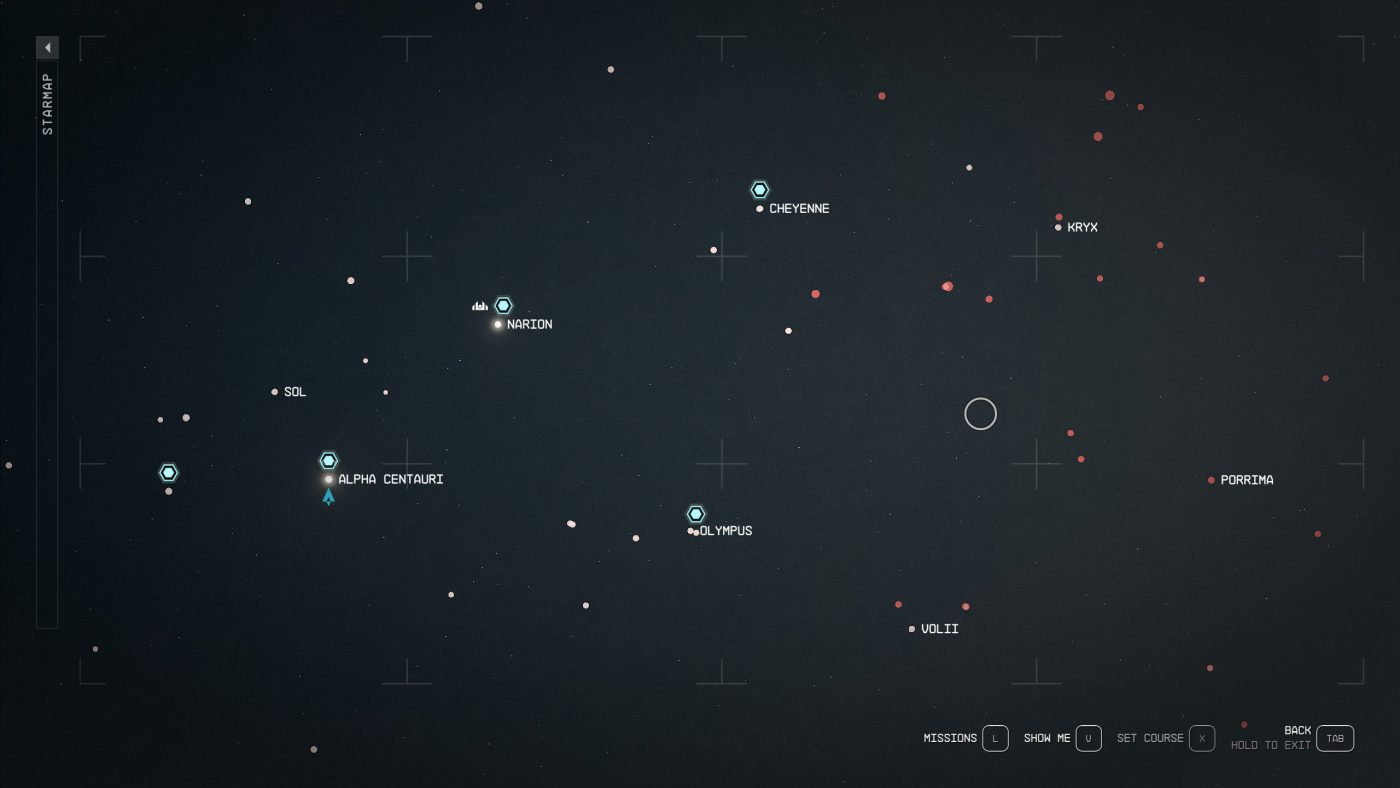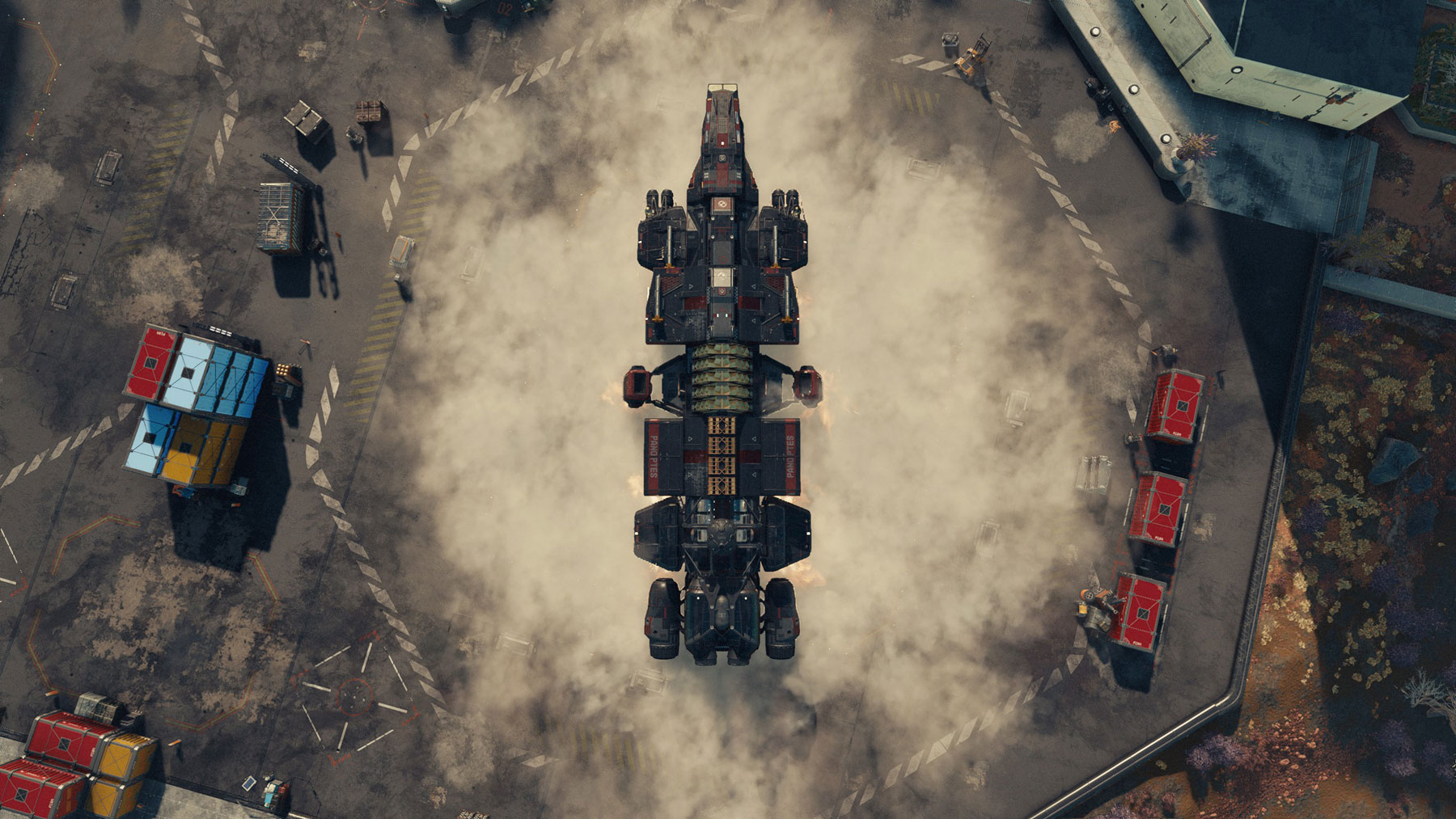By some impressive slip, Starfield’s star map doesn’t seem to have an on-screen legend.
Thanks to this oversight, folks are struggling to understand how to use & read the star map in Starfield. I decided to write this up to share the basics so folks have an easier time getting around the universe in Starfield.
The basic features of Starfield’s Star Map
Alright: We’re going to keep this simple here and focus just on the main star map, as that’s the most confusing part.. And you may not even realize you’re missing some important details.

Alright, let’s break each item down.
- The glowing white dots are systems you’ve already visited.
- The non-glowing white dots are systems that you’ve “discovered” and can travel to, but haven’t visited yet; These are ones within jump-range of a location you’ve visited.
- The reddish dots are systems you haven’t discovered yet; In order to get to these you’ll need to get to a nearby system and have a jump drive capable of reaching it from the closest system.
Getting around the stars is fairly simple; you can click on a star and it’ll show you the most efficient way from where you’re at to that star with your current jump drive. If it’s too far for the amount of fuel in your ship you’ll get a red line starting at the point to where you’ll run out, but keep in mind you don’t actually “run out” of fuel: You just have to stop and re-plot the jump again.
Additionally, if you’re visiting an undiscovered system then you’ll need to first jump to a discovered system nearby in order to unlock it as a destination.
As far as the other markers go, these are much easier to understand. There are really only 3:
- The blue marker with the line around it denotes a mission destination is there.
- The multi-pillar geometric shape with the dot in the middle? That means there is a settlement there (that has vendors and the like).
- Finally, if you see a bunker-like shape with a door? That means you’ve placed an outpost there yourself (why Starfield didn’t provide a simple outpost list from the starmap I’ll never know).
That’s it! Hopefully this clears up some confusion.
